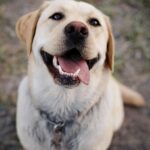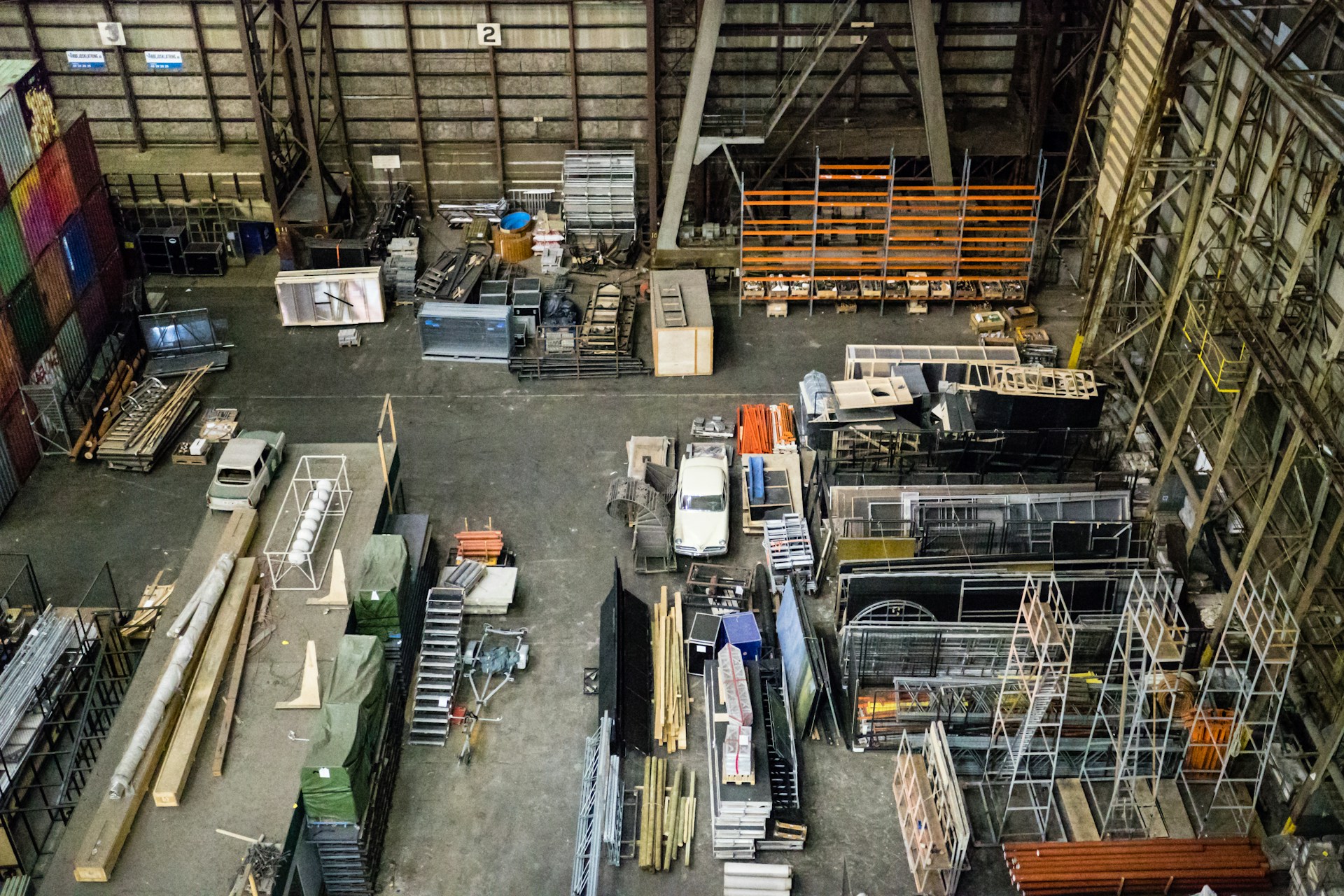This spring Jessica applied to our quarterly and we were so excited about her work. Jessica works as an undertaker for the non-humans. We are so happy to present the stunning work by Michigan artist, Jessica Tenbusch.
While reading your artist statement, I couldn’t stop thinking of the Garth Nix series, Sabriel, Abhorsen, Lireal. Have you ever read the series? They are young adult fiction, but they follow the story of a necromancer and his daughter. The passage you wrote, “I act as an undertaker for the animals and plants I find and celebrate their lives through their death with a sensitivity to the impermanence of existence” really reminded me of the series.
No, I haven’t! I don’t think I’ve ever come across this author. I’m a little surprised since I was an avid fantasy and sci-fi reader when I was younger and one of my favorite places to go was the used book store with my mom. I’ll have to check these out when I get the chance to do some reading again.
Looking through your series Learning How to Die, I see creatures captured in a state of imagined life. They are almost like coffins but instead of being objects meant for burial they are meant for display. When we prepare a human body for death, it’s preserved and painted to reflect how it was alive. How does your work communicate with how we treat death as humans?
When other humans die, we use the period between death and internment (or cremation) as a chance for the living to say goodbye and to honor that life. Funerals are really for the living’s grieving process, not for the dead. By placing deceased animals in a type of viewing, I am trying to capture their lives and offer a tangible memorial for the living to reflect on their own mortality.
Do you see your sculptures like insect coffins, “urns”, altar pieces, or taxidermied life forms? (or something else?)
Yes, some of the pieces I do see as urns or reliquaries. They are meant to be internally focused on the animal contained inside and about the emotional or personal connection the viewer may make with them, like in Veil. But overall, I view my earlier works as following the tradition of still life, in particular the memento mori or the vanitas. Much like how some vanitas were painted as moral justification for painting attractive objects, I tied death to beautiful materials. I ran into some friction early on in my MFA for using and depicting beauty. To be fair, I didn’t put much thought into that aspect at first. It was hard for me to not start there, especially when my background was in metalsmithing where practically everything is beautiful. So my work took on a darker tone to counter the materials and techniques I wanted to explore and as a result became better for it.
They are definitely related. As a mixed-media sculptor, I don’t really have the ability to sell prints like 2D artists or even make multiple editions of a sculptor. So I thought making limited production jewelry would somewhat take the place of that. Since I hadn’t made jewelry during my MFA, I had missed doing it for myself. I had gotten the idea to cast the bones since I had a few owl pellets from one of my pieces earlier. After making a small collection, the jewelry in turn informed my work. You can see the cast elements that were included in some of my pieces from Lacuna. Those pieces wouldn’t have happened if I hadn’t cast bones for jewelry. It’s so wonderful that they can inform and talk to each other.I’m curious if you do much research into human practices around death and dying? The way we honor the dead, altar spaces, open casket funerals, urns…?
Not too much, though I do have a friend that is a funeral director, so sometimes I have interesting conversations about death with her. The push for me in making this work is really based in attitudes towards other animals by humans, my own anxieties surrounding death, and ways to get people to empathize with animals as well as learning to recognize their own corporeality and animalness. From my early metalsmithing days, urns and reliquaries were of aesthetic interest to me. I am more interested in the objects and artifacts of death, the physical manifestations, than I am of the rituals and spaces for death.What aspects of multispecies ethnography (the coexistence of humans/animals) interests you most within your work? It’s such a large category of interest so just give us some examples on how these relationships have influenced your work.
I’m really interested in how non-human animals and plants occupy the same spheres as humans and how all those species (humans included) actually make up an ecosystem. There is a false binary of man and nature. We are not, nor have ever been, apart from nature. I would go as far as to argue that everything we build and make is us acting out our animal nature. Creating and culture is completely natural and it is how we are built as animals. The species that influence me the most are urban wildlife species. Animals that have moved into our urban and suburban spheres that we didn’t intentionally place there, unlike domestic species. Animals like crows, raccoons, mice, squirrels, etc. These are animals that have actually been somewhat successful in living in the ecosystems we have built without intervention from humans and share some attributes with humans. I think they highlight our animal role and our own embeddedness in nature.Where do you find your animal and plant artifacts?
A lot of the insects and animals are found by others who collect them for me. Once my friends and family saw what I was working on, I started to get little packages left on my desk, in the mail, and during the holidays. Everyone is so supportive. Other things I’ve found around the studio or hiking. There is usually some story behind where they were found and I love that my work has a history that stretches back before my hands got involved. It’s important that that story stretch back to when the animal was alive and to relate that back to people.
What is the crux which separates your two series? Or is there one?
Lacuna was borne out of the work I did in Learning How To Die, so they are closely related. I don’t see a definitive difference between the two, however there is a difference between some of the pieces within the bodies of work. Some pieces are memorials to specific animals or insects and others are speaking more about cycles of life and death and the connections between species. It kind of a mixed bag for both bodies of work, but Learning How To Die had more of the former and Lacuna more of the latter.
Your work is so visually pleasing. How does design, order, and cleanness promote the concepts that drive your work?
Thank you! Most of the time at work, and all of the time in my home, I’m fussy about how much clutter accumulates. But when I’m in the middle of a few projects there are piles of crap all over. Sort of like when you work on a big puzzle and pull out all the pieces, I’m looking for visual connections to how things fit together. I start with enough of a design to get me going and then fill in the details. Once the piles start to spread too much, I stop to reorganize and regroup. Too much visual information makes it hard for me to think clearly and this probably carries over into my work. I’ve always been attracted to diptychs and triptychs, so I related and organize different materials together this way.
What is your favorite insect/ animal/ plant to work with?
That’s a tough one, there are so many! I could say “all of them!” but that would be a bit of a cop-out, wouldn’t it. I love starlings and have been thinking about them a lot recently. I’m beginning a new body of work that focuses on humans and their relationship with animals, specifically backyard city and suburban animals. The first few pieces I’ve planned are centered on starlings. It’s fascinating how successful they’ve become within the habitats we have made and how similar they are to humans. They are common enough that almost everyone has had some sort of interaction with them and there is a lot a baggage with our relationships with them. Also, I love how they incessantly chatter with each other. They have such an impressive range of sounds they make and I like to sit with the windows open listening to them talk.
I really respond to the flies on the bone, Saprophage. Can you tell me more about this title and how you go about titling your work?
I absolutely hate titling my work, haha! It’s quite a torturous process for me and most of the time I don’t think I really hit my mark when I have to title a piece quickly. I’ve been known to sneak back a re-title work after I’ve had some distance from it. A lot of the anxiety comes from how I work. Since it starts with what found animals and objects I have, I don’t usually have a fully fleshed out concept. I instead like to see how different things interact with each other and play with how they fit in my head. I have a few guidelines or goals of what I’m trying to achieve, but other than that I like to let it come together intuitively. I think it’s important to let the animals and materials speak for themselves and I try to “listen” to how they interact. I do keep a list of words and phrases that interest me, and sometimes I turn to that list to help me out.
As for the name Saprophage, I really love to read science and natural history books. I’m a bit of a nerd for science terms. So in this case I titled the piece the process I was referring to conceptually, which is feeding on dead or decaying organic matter.
The way that you display your work is so simple and intentional. They are recognizable, yet unique to the object. How did you come to this way of displaying your sculptures?
Some of my pieces are just wallflowers, but for my latest body of work I really wanted to push the work out into the space of the viewer to make them interact more actively with them. Those pieces are more “alive” than the wall pieces. I also wanted to make them as visually clean and light as possible to give the appearance of the pieces as floating. I saw how Troy Coulterman displayed his work and fell in love the the effect. So, really, I got the idea from him, haha!
What are you working on in your studio now?
Right now I’m working on a new jewelry line. I’ve got all the planning done and now I’m just working on creating the pieces. It’s going to be bigger, bolder, and more badass. And include some pieces for men as well. I’m also sketching for my new body of work. If I’m honest, then that involves copious amounts of wandering around the internet and staring off into space.
We are obviously fans of your work. What do you have coming up?
I’m currently working with a friend of mine trying to put together a 5 person group show that explores animals and their relationships with humans. We both have read a book on animals and art theory called Surface Encounters by Ron Broglio. The ideas and themes of the show stem from that book. It has added a lot to my studio practice and has helped me develop my ideas for my new body of work that I mentioned previously.
Thank you so much for speaking with us!
Thank you for the opportunity!









